iOS 14’s recent release has sparked a frenzy of customization for iOS users that has never been seen before. This is mainly thanks to the support for native and third-party widgets on your home screen that allow you to easily access snippets of information without having to launch the app.
One such widget that was loved on iPadOS devices by many users was the ‘Battery’ widget. And although support for adding a battery widget was introduced later on, it never fulfilled its purpose as it was hidden away. But does the new support for widgets in iOS 14 allow you to add a battery widget to your home screen? Let’s find out!
Related: iOS 14 Wallpaper: Downloads and Best Apps
Can you add a battery widget on iOS 14?
Yes! you now have native support for battery widget which means that you can monitor the battery levels of all your connected devices in one place without having to launch any particular app or having to check the connected device itself.
This includes devices like Apple Watches, Airpods, BT speakers, other phones, DACs, and more. Having a battery widget on your home screen will help you spot devices that need to be recharged easily and efficiently. This will help save you from running out of battery on your devices during an important task.
Related: Aesthetic App Icons for iOS
How to add the battery widget in iOS 14
Tap and hold/ Force Touch on an empty area on your home screen depending on your device. You can also tap and hold/ force touch on a home screen icon and select ‘Edit Home Screen’.

Once you are in the editing mode, tap on ‘+’ in the top right corner of your screen. If you are using an iPhone X or higher, then this icon will be available in the top left corner of your screen instead.

Now scroll down and tap on ‘Batteries’.
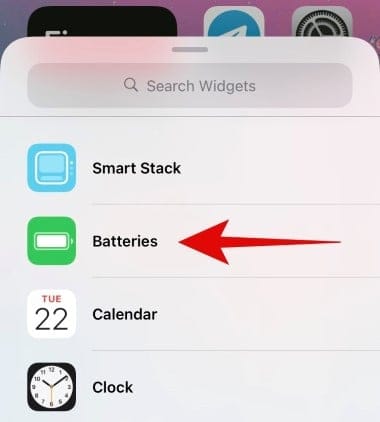
Scroll to the right and choose the size of the widget that you wish to add. If you are going to have more than two devices connected, then we recommend that you opt for the medium-sized widget or higher as it will make it easier to keep track of all your connected devices.
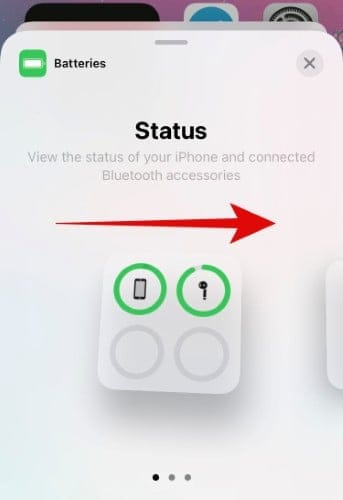
Tap on ‘Add widget’ once you have found the correct size.

And that’s it, you should now have the native battery widget on your home screen.
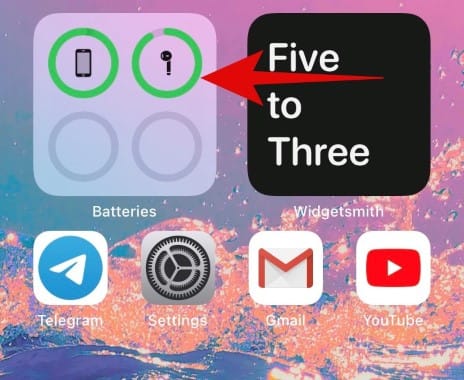
Related: How to Change App Icons on iOS 14
Fix: The battery widget takes too much space
For someone who rarely has devices connected to their iOS device, the battery widget can end up taking large amounts of screen real estate that could be applied somewhere else. If you are in the same boat then you should look into third-party widgets that help combine various functions into one.
A good example of this would be Color widgets where you get a battery widget, time widget, and calendar widget all combined into one. This way you can keep a track of your upcoming events, your phone’s battery, and your schedule using one single widget. Let’s take a look at how you can do this.
Related: How to Customize Widgets on iOS 14
Note: Color Widget will not show the battery level of your connected devices. This solution is only for users that want a battery widget on their home screen but only wish to track their device’s battery.
Things you will need
- An iOS 14 device
- Color Widgets – Download Link
Procedure
Download and launch the color widgets app on your iOS 14 device. You will now be shown various styles for your home screen widget. Scroll to find the one that appeals to you the most and tap on it to get started.
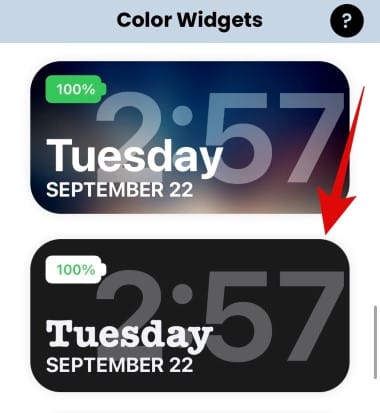
Now tap on ‘Edit Widget’.
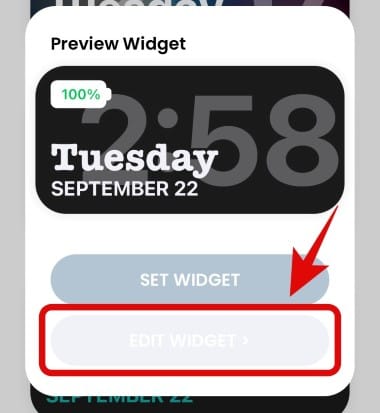
You can now tap and choose the desired background for your widget.
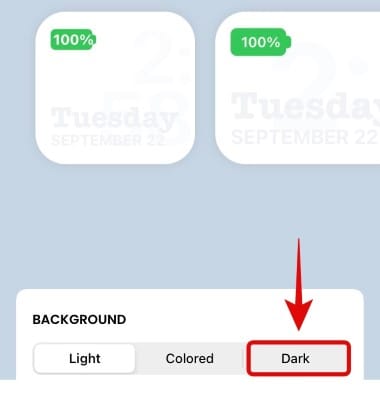
Note: If you wish to use a photo/image as your background instead then you can skip this step and move to the next one.
Scroll down and under the theme section, set the color of your font. You can scroll to the right to find more choices and tap on it to select that particular color.
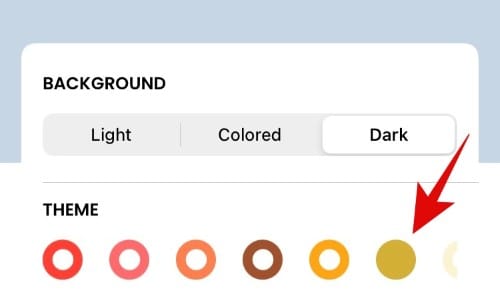
Note: You can scroll up and preview the font color before making your final decision.
Now scroll down further and tap on the font you wish to use for the widget.

If you wish to add a custom photo as your background for the widget, you can tap on ‘Add Photo’ and select one from your local storage.
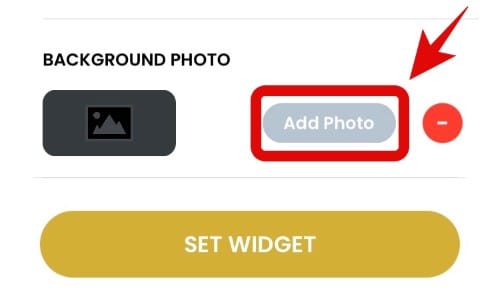
Tap on ‘Set Widget’ once you have made the desired choices.
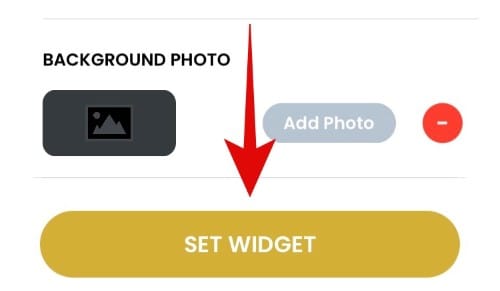
Now go back to your home screen and enter the layout editing mode. You can do this by tapping and holding/ force touching an empty area of the screen. If there is no space then you can tap and hold/ force touch an app icon depending on your device and select ‘Edit Home Screen’.
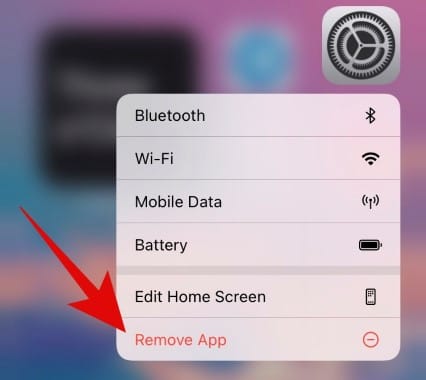
Tap on ‘+’ in the top right corner. iPhone X and higher users will find this icon in the top left corner instead.
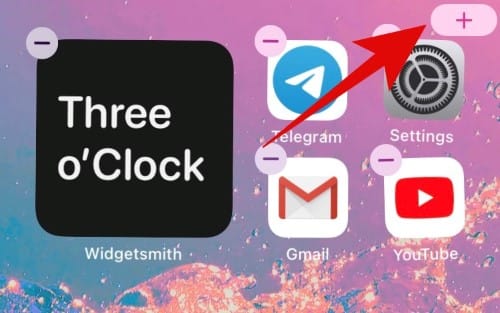
Now scroll down and tap on ‘Color Widgets’.
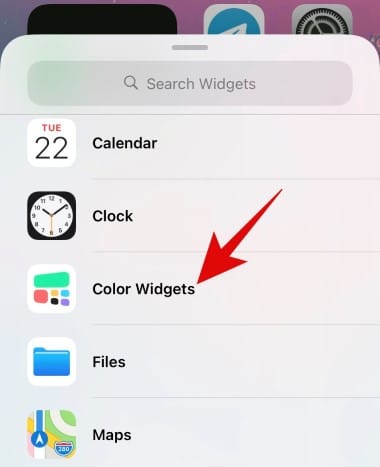
Scroll to the right and find the size you wish to add to your home screen.

Tap on ‘Add Widget’ at the bottom.
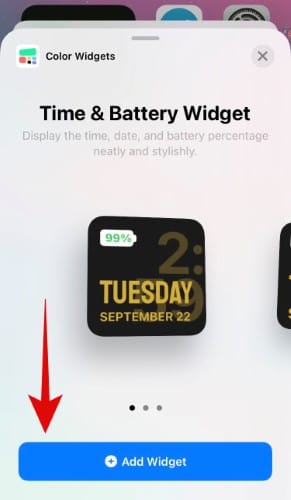
The new battery widget customized by you should now be available on your home screen.
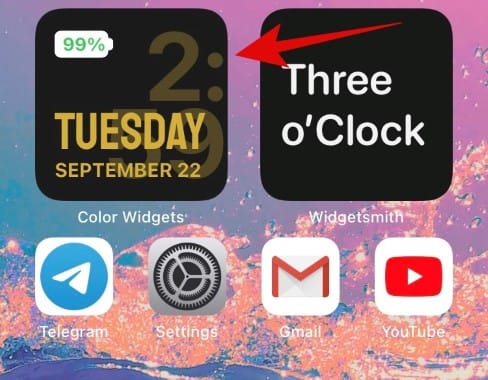
We hope this guide easily helped you get the battery widget on your iOS device depending on your needs and requirements. If you have any more questions for us, feel free to reach out using the comments section below.
RELATED:

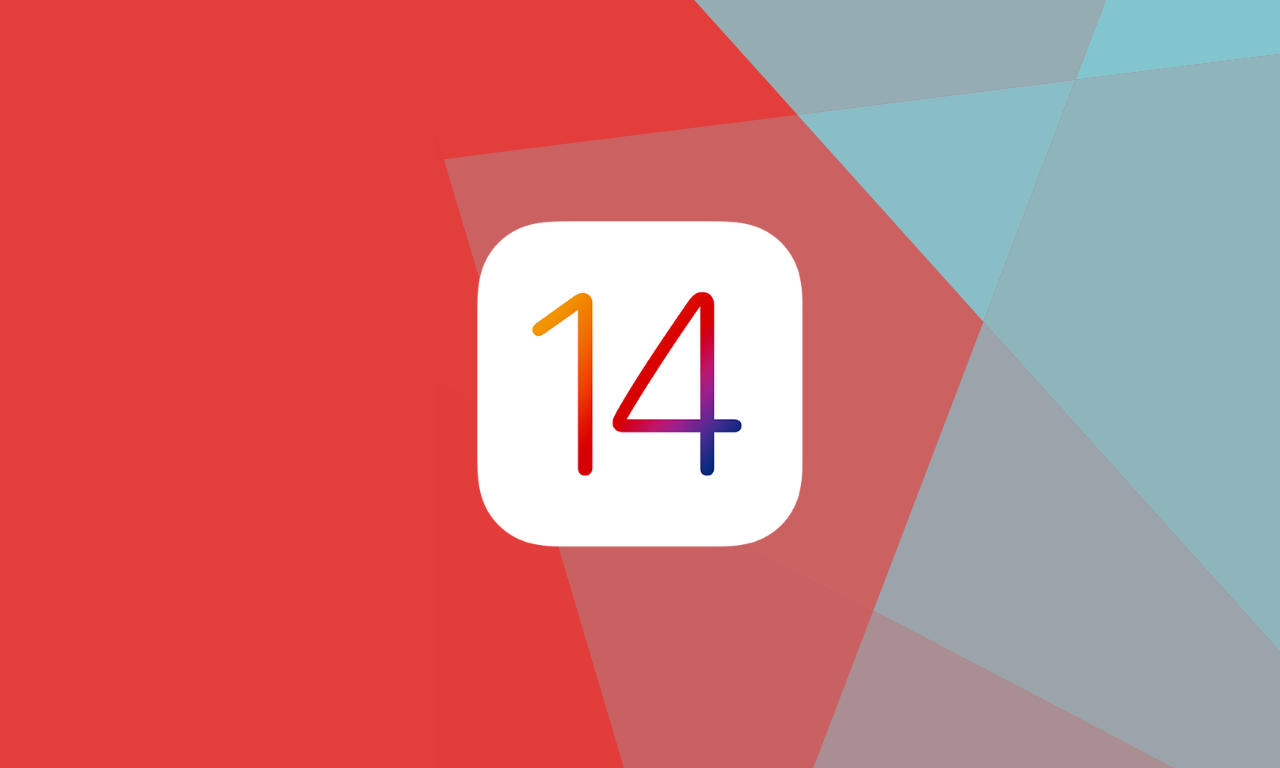










Discussion